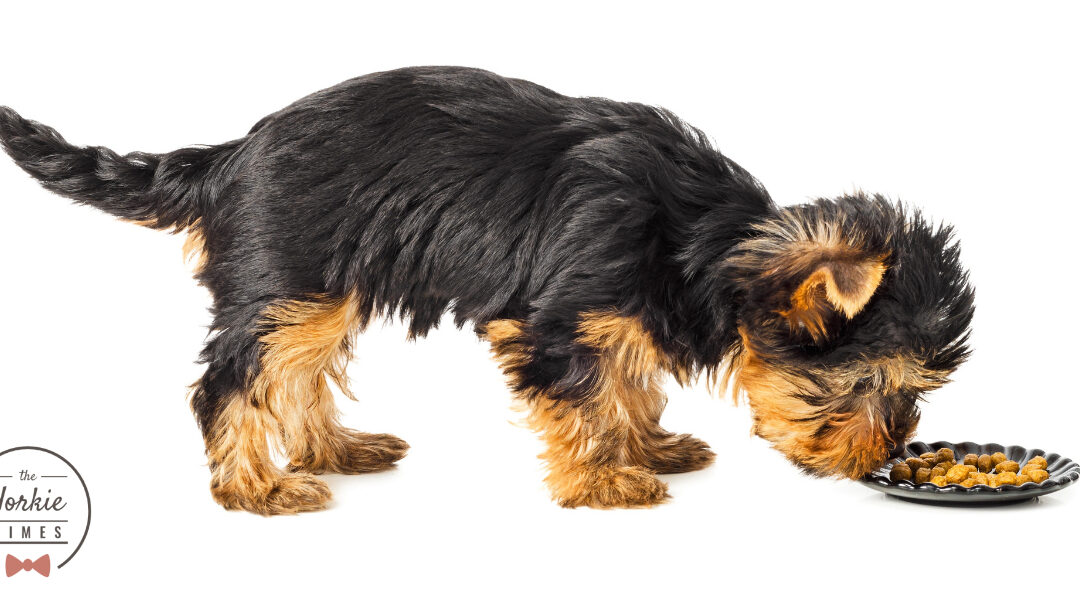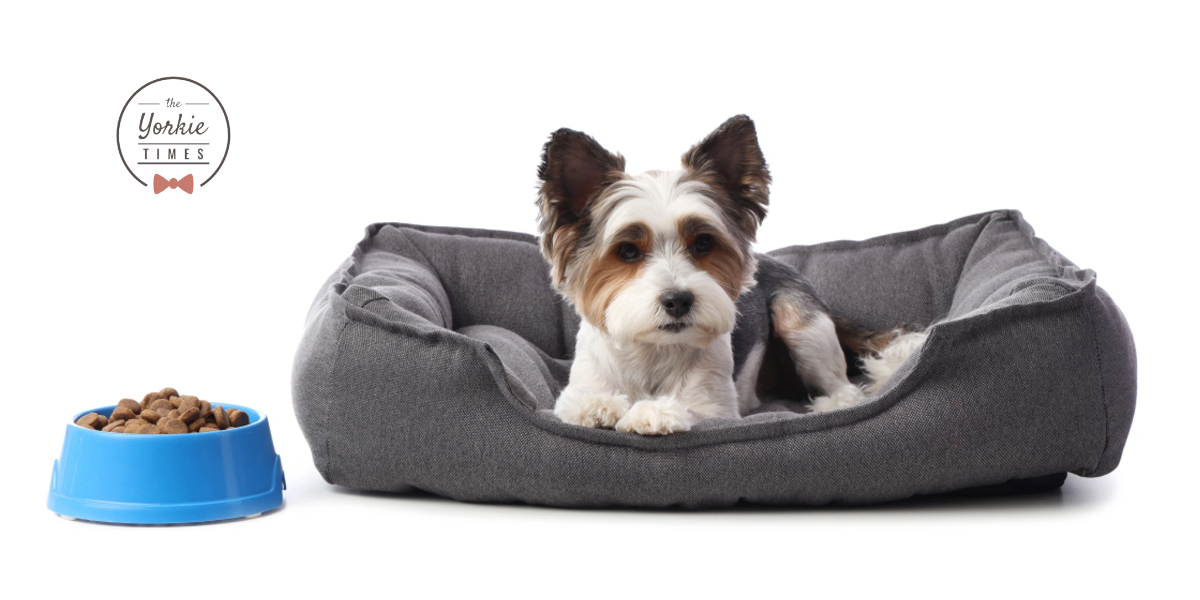Picking the right dog food is a big deal—it affects your dog’s health, energy, and how long they live. We walk through the pros and cons to help you decide between dry kibble (easy to use!) and wet food (keeps them hydrated!), or even mixing both. We’ll explain the facts, costs, and tips so you can feed your pup like a pro.
What are the Nutritional Needs of Dogs?
Dogs have specific nutritional needs that are essential for their health and well-being. A balanced diet for dogs includes several key components: proteins, fats, carbohydrates, vitamins, minerals, and water. Each of these nutrients plays a crucial role in keeping dogs healthy.
Proteins are vital for building and maintaining tissues, such as muscles, skin, and fur. When proteins are digested, they break down into amino acids, which are necessary for energy and various bodily functions. Dogs need ten essential amino acids that must come from their food. Animal-based proteins are generally the best source because they are easier for dogs to digest compared to plant proteins.
Fats are another important nutrient, providing a concentrated source of energy. They are also necessary for absorbing fat-soluble vitamins and contribute to a healthy coat and skin. The amount of energy in a dog’s diet should match their specific needs, which can vary based on factors like age, activity level, and any health issues.
Carbohydrates, including dietary fiber, offer energy and support digestive health. While dogs don’t require carbohydrates as strictly essential nutrients, they can help keep the digestive system functioning well.
Vitamins and minerals are needed in smaller amounts but are crucial for many bodily processes, including supporting the immune system and maintaining strong bones.
Finally, water is the most important nutrient. Dogs need constant access to fresh water to stay hydrated and healthy.
To meet these nutritional needs, it’s important to choose dog foods that follow the guidelines set by the Association of American Feed Control Officials (AAFCO). These standards help pet owners find complete and balanced diets that provide all the necessary nutrients for dogs at different stages of life.
So what does this mean for your dog?

What are the Pro & Cons of Dry Dog Food?
When choosing dog food, many pet owners opt for dry kibble. Understanding the pros and cons of dry dog food can help you make the best choice for your furry friend (source: dogster).
Benefits of Dry Dog Food
- Cost-Effectiveness and Convenience
- Affordability: Dry dog food is usually cheaper than wet food, making it a budget-friendly option. Buying in larger bags can save you even more money, so you can stock up without spending too much.
- Storage and Preparation: Dry kibble is easy to store and lasts a long time without spoiling. You don’t need to refrigerate it, and feeding your dog is quick—just pour the kibble into their bowl!
- Dental Health Benefits
- Tartar Reduction: One big advantage of dry dog food is that it can help keep your dog’s teeth clean. The crunchiness of the kibble can reduce plaque and tartar buildup as your dog chews. This can lead to fresher breath and healthier gums, which is especially important for dogs prone to dental problems.
Drawbacks of Dry Dog Food
Potential for Lower Moisture Content
Hydration Concerns: A downside of dry dog food is that it has low moisture content. If a dog only eats dry kibble and doesn’t drink enough water, they might become dehydrated. It’s crucial to ensure your dog always has access to fresh water, and you might consider adding some wet food or water to their kibble to help with hydration.
Hardness May Be Challenging for Some Dogs to Chew
Chewing Difficulty: While dry kibble can be good for dental health, its hardness might be tough for some dogs, especially puppies, older dogs, or those with dental issues. If a dog struggles to chew or swallow hard kibble, it could make mealtime frustrating and might even stop them from eating. In these cases, a softer food option or a mix of wet and dry food might be better.
What are the Pros & Cons of Wet Dog Food?
Wet dog food is another popular choice among pet owners. Understanding the advantages and disadvantages of wet dog food can help you decide if it’s the right fit for your furry companion.
Advantages of Wet Dog Food
Higher Moisture Content
Beneficial for Hydration: One of the main benefits of wet dog food is its high moisture content. This can be especially important for dogs that don’t drink enough water. The extra moisture helps keep your dog hydrated, which is vital for their overall health and well-being.
Palatability and Appeal to Picky Eaters
Taste and Texture: Wet dog food is often more flavorful and aromatic than dry kibble, making it appealing to dogs, especially those that are picky eaters. The soft texture can also be easier for dogs to chew, which is beneficial for puppies, older dogs, or those with dental issues. Many dogs find wet food irresistible, making mealtime more enjoyable for them.
Disadvantages of Wet Dog Food
Generally More Expensive Than Dry Food
Cost Considerations: Wet dog food tends to be pricier than dry kibble. While it can be a great option for adding variety to your dog’s diet, the higher cost can add up, especially if you feed it regularly. It’s important to factor in your budget when considering wet food.
Shorter Shelf Life Once Opened
Storage Issues: Another drawback of wet dog food is its shorter shelf life once opened. Unlike dry food, which can be stored for a long time, wet food must be refrigerated and typically should be used within a few days after opening. This can lead to waste if your dog doesn’t finish the can or pouch quickly.
What are the Pros & Cons of Wet Dog Food
Wet dog food is a popular choice for many pet owners. Understanding the advantages and disadvantages of wet dog food can help you decide if it’s the right fit for your furry friend (source: The Spruce Pets).
Advantages of Wet Dog Food:
Wet Dog Food Has Higher Moisture Level for Hydration.
Good for Hydration: One of the main benefits of wet dog food is its high moisture content. This is especially important for dogs that don’t drink enough water. The extra moisture helps keep your dog hydrated, which is vital for their health.
Wet Food Can Appeal to Picky Eaters.
Taste and Texture: Wet dog food is often more flavorful and smells better than dry kibble, making it more appealing to dogs, especially those that are picky eaters. The soft texture is also easier for dogs to chew, which can be helpful for puppies, older dogs, or those with dental problems. Many dogs find wet food delicious, making mealtime more enjoyable.
Disadvantages of Wet Dog Food:
More Expensive Than Dry Food
Cost Considerations: Wet dog food usually costs more than dry kibble. While it can add variety to your dog’s diet, the higher price can add up, especially if you feed it regularly. It’s important to think about your budget when considering wet food.
Shorter Shelf Life Once Opened
Storage Issues: Another downside of wet dog food is that it has a shorter shelf life once opened. Unlike dry food, which can last a long time, wet food needs to be refrigerated and should typically be used within a few days after opening. This can lead to waste if your dog doesn’t finish the can or pouch quickly.
What Does the Comparison of Dry and Wet Dog Food Reveal?
When comparing dry and wet dog food, several factors come into play, including nutritional content, cost, convenience, and how they suit different dogs’ needs.
Nutritional Comparison of Wet and Dry Dog Food
- Protein Levels:
- Dry Dog Food: Typically contains about 20-30% protein. It often includes meat meals and plant-based proteins.
- Wet Dog Food: Generally has a higher protein content, ranging from 25-40%, depending on the brand and formulation. The moisture content can dilute the overall protein percentage, but it usually comes from quality meat sources.
- Fat Content:
- Dry Dog Food: Usually contains around 8-20% fat, which is essential for energy and healthy skin.
- Wet Dog Food: Often has higher fat levels, about 15-25%, providing more calories and essential fatty acids.
- Carbohydrate Levels:
- Dry Dog Food: Contains about 30-60% carbohydrates, often from grains or vegetables, which provide energy.
- Wet Dog Food: Lower in carbohydrates, typically around 5-15%, as the focus is more on protein and moisture.
Cost Analysis – Average of Dry and Wet Dog Food
- Cost per Serving:
- Dry Dog Food: Generally costs less per serving, averaging $0.50 to $1.00 per cup, making it more budget-friendly for daily feeding.
- Wet Dog Food: Costs more, averaging $1.50 to $3.00 per can or pouch, resulting in higher daily feeding costs.
- Long-Term Expenses:
- Over time, feeding a dog wet food exclusively can significantly increase expenses compared to dry food. For example, feeding a 50-pound dog with wet food could cost $100 or more per month, while dry food might only cost around $30-$50 monthly (cost approximate and subject to every changing grocery prices).
Convenience Factors
- Dog Food Storage:
- Dry Dog Food: Easy to store, has a long shelf life, and can be kept in a cool, dry place without refrigeration.
- Wet Dog Food: Requires refrigeration once opened and typically has a shorter shelf life, needing to be consumed within a few days.
- Preparation of Dog Food:
- Dry Dog Food: Requires no preparation; simply measure and serve.
- Wet Dog Food: May need to be mixed or served at room temperature for better taste and mouth feel.
- Dog Food Feeding Ease:
- Dry Dog Food: Quick and easy to serve, making it suitable for busy pet owners.
- Wet Dog Food: Can be messier and may require more cleanup, especially if your dog is a messy eater.
Considerations for Choosing the Right Dog Food for Your Puppy
When selecting dog food for your puppy, consider the following factors (source: AAFCO):
- Dog’s Age: Puppies have different nutritional needs compared to adult dogs. Look for food specifically formulated for puppies.
- Size: Small, medium, and large breeds have different dietary requirements. Choose food that is appropriate for your puppy’s size.
- Activity Level: Active puppies may require more calories and nutrients than those that are less active.
- Health Conditions: If your puppy has specific health issues, consult your veterinarian for tailored dietary recommendations.
Combining Both Types of Dog Food
Mixing dry and wet dog food can provide a balanced diet for your dog. This combination offers the benefits of both types (Source: PetMD):
- Nutritional Variety: Mixing allows for a broader range of nutrients, ensuring your dog gets a well-rounded diet.
- Enhanced Palatability: Adding wet food to dry kibble can make meals more appealing, especially for picky eaters.
- Improved Hydration: The moisture from wet food can help keep your dog hydrated, especially if they don’t drink enough water.
Choosing between dry and wet dog food isn’t about finding a “one-size-fits-all” solution—it’s about understanding your dog’s unique needs.
Dry food offers affordability, dental benefits, and convenience, while wet food excels in hydration, palatability, and ease of chewing. Nutritional balance, lifestyle factors, and your dog’s age or health should guide your decision.
For many pets, a mix of both can deliver the best of both worlds, ensuring hydration, variety, and dental health. My 15-year-old Biewer, Rosie, shows the right approach can keep your dog thriving for years.
Picking the right dog food isn’t about finding a perfect answer—it’s about what works best for YOUR dog. Dry food is cheaper, easier to store, and helps clean teeth, while wet food keeps dogs hydrated and is easier to chew. Mixing both types can give your dog a healthy mix of nutrients and make meals more fun.
Ready to find the best food for your dog? Here’s how to start:
- Think about what your dog needs: Age, health, and picky eating habits matter.
- Try mixing dry and wet food: It gives variety and keeps meals interesting.
- Ask your vet for advice: They can help you choose what’s healthiest.
Share your dog’s favorite food combo in the comments—let’s help every puppy and Senior dog enjoy mealtime!





Recent Comments